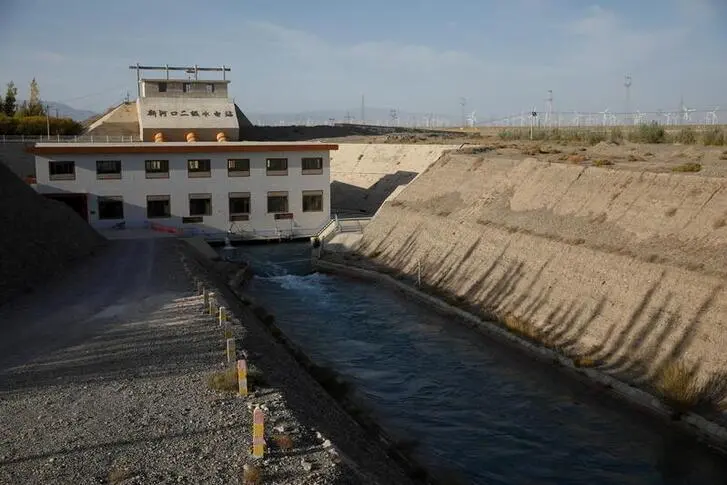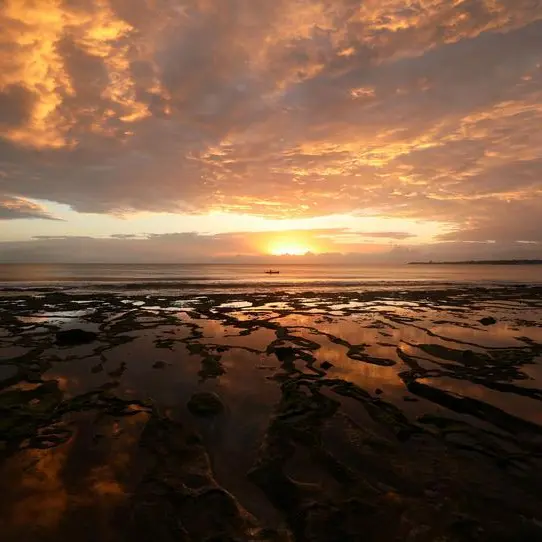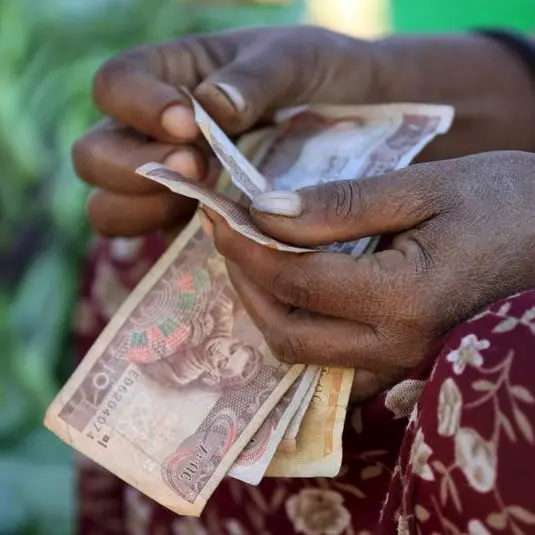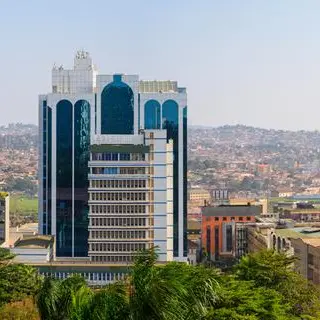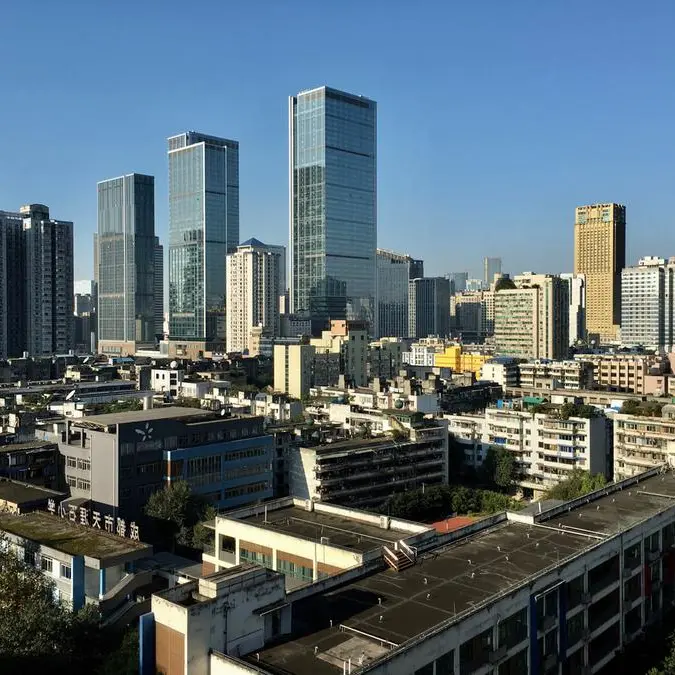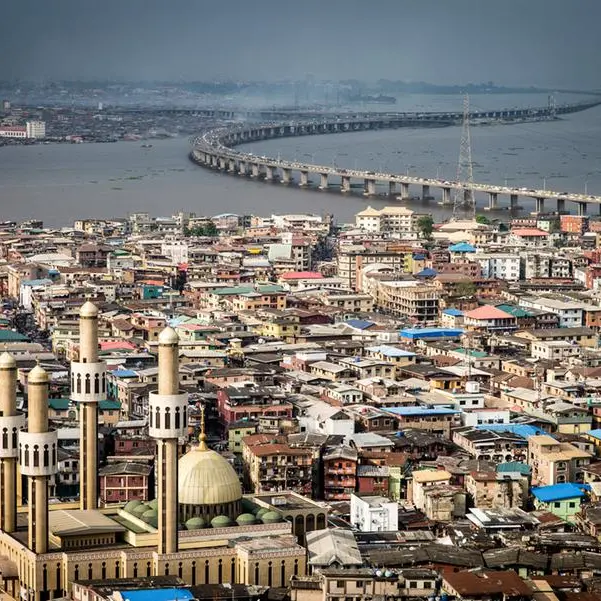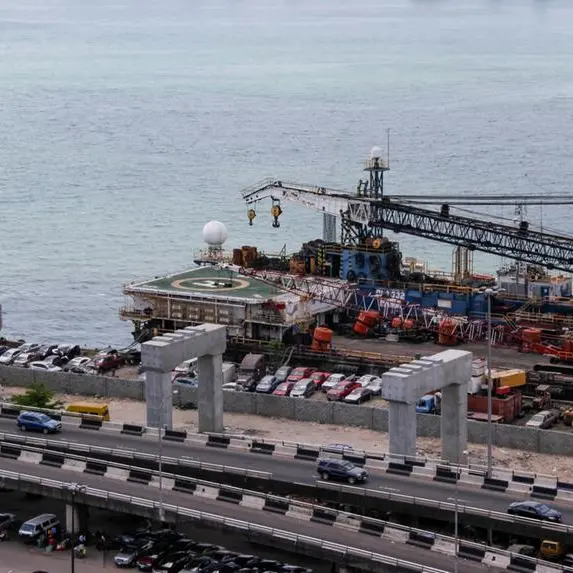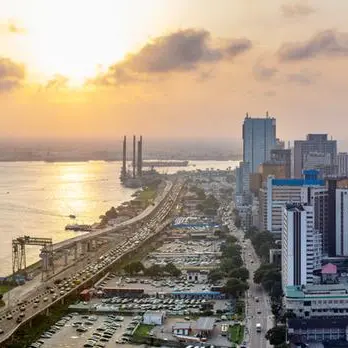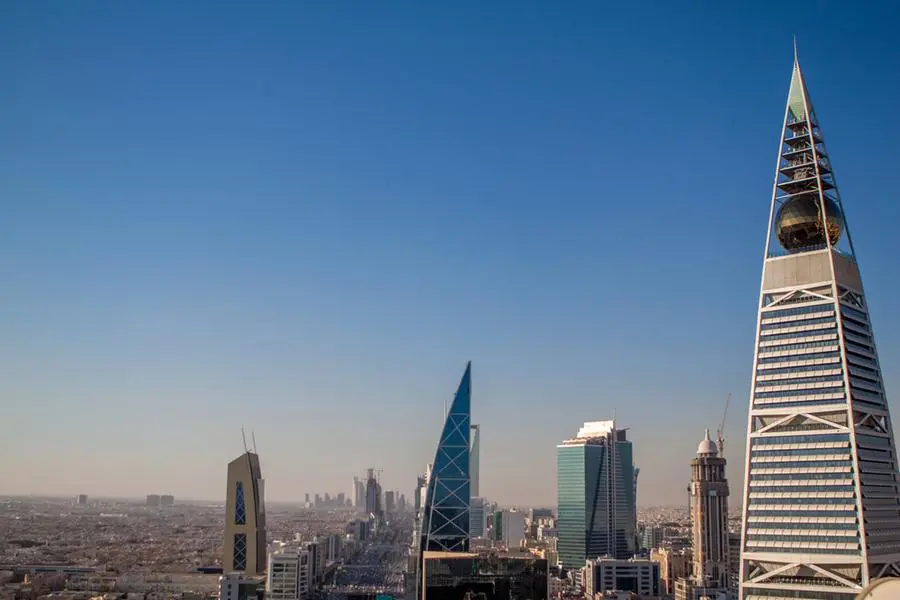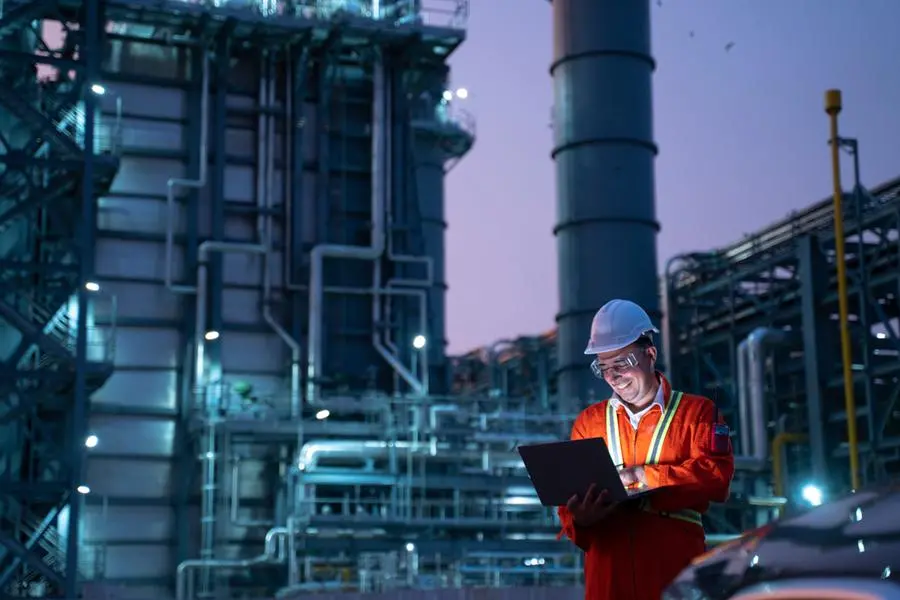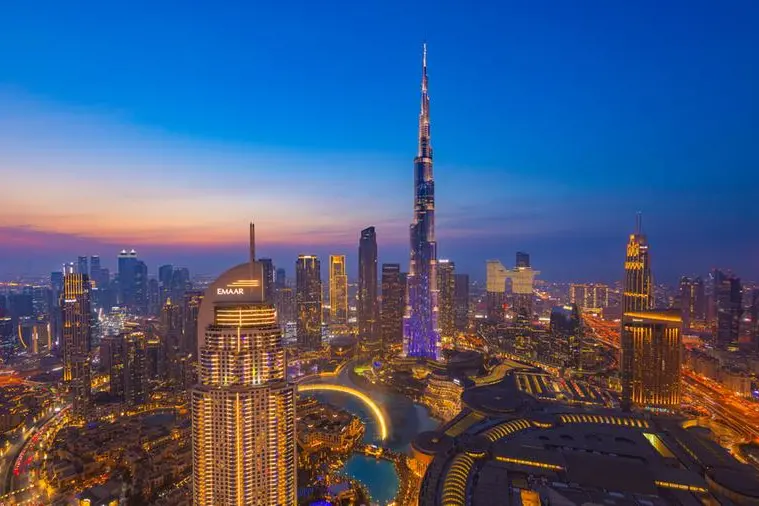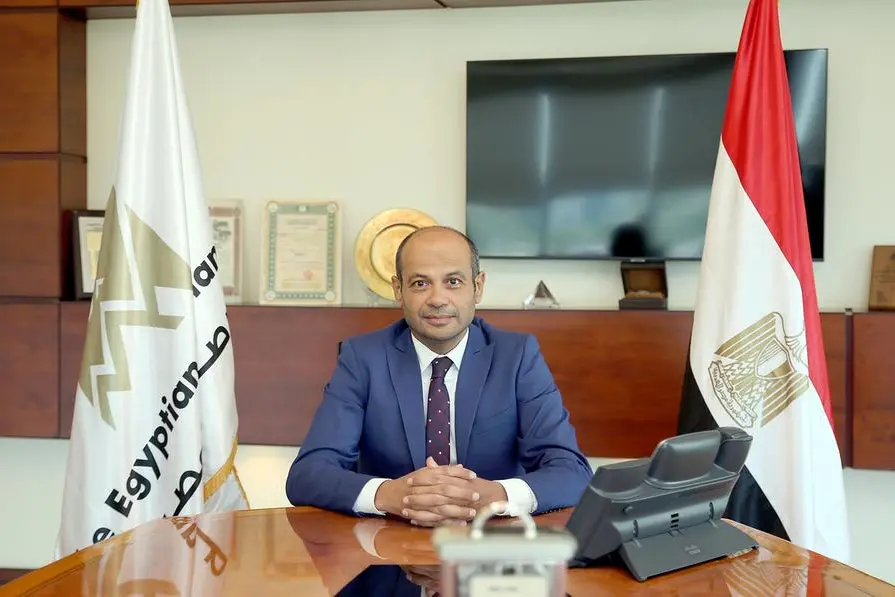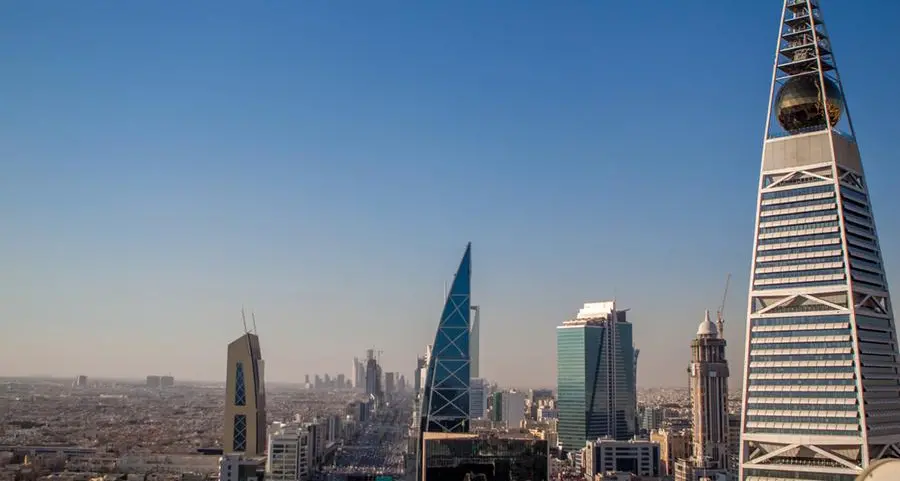PHOTO
Image used for illustrative purpose. A hydropower station stands on the Changma river on the outskirts of Yumen, Gansu province, China, September 28, 2020. REUTERS/Carlos Garcia Rawlins
After 11 years under construction, Uganda’s flagship hydropower project, Karuma, was finally commissioned on Thursday, marking an end to a long, winding journey littered with technical defects, fights between the government and the contractor as well as other non-engineering challenges.
Construction of the tunnel-design power station, an interconnection station, and high-voltage transmission lines was launched in December 2013, for $1.688 billion, of which $1.435 billion is a loan from the China Exim Bank, while the remainder was funded by the Uganda government’s energy fund.
Generating 600MW at peak, Karuma now takes Uganda’s installed capacity to just over 2,000MW – up from 380MW in 2005 – generated from an energy mix of hydro, solar and thermal, the bulk of which is hydroelectricity.
President Yoweri Museveni commissioned the power plant – whose cost of electricity is 4.97 US cents per kWh, which is the fourth least-cost power plant after Nalubaale (1.119 US cents), Kiira (1.19 US cents) and Isimba (1.46 US cents), while Bujagali is highest-cost at 8.30 US cents per unit.“To build a modern economy, you need affordable, reliable electricity. High costs of power will keep us behind,” President Museveni said, explaining how he disagreed with a Norwegian independent power producer, who approached Kampala in the 1990s and proposed to build a 200MW dam, as the highest capacity possible at Karuma Falls.“I told them that I’ve got somebody who has got a better idea. That’s how I abandoned the Norwegians. When the Chinese came in, I told them why don’t you make a tunnel and create more force using the water, so that you get more energy? The Chinese came in and they did not just say we can do it, but they can co-fund it,” he explained.
But, amid toasting to the latest project anchoring Uganda’s electricity generation capacity, Karuma still has residual issues to conclude, with at least 21 families that were displaced by the power dam that sits on 4.6 square kilometres yet to be resettled.“Full resettlement of project affected persons still pending,” Energy Minister Ruth Nankabirwa said during the commissioning. “The resettlement action plan report said 414 households would be affected. So far, it has achieved 95 percent, but others still pursuing civil lawsuits.”President Museveni offered to buy housing materials for the displaced persons, but was told that the issue is not just shelter but also environmental, as the land where the project-affected persons are to be resettled could trigger a human-wildlife conflict.“If we get materials, we can build houses for ourselves [but] our fear is the environmental impact assessment was not taken very well because that place is full of elephants! It’s near the national park,” one displaced woman said.
Discovering cracksInitially expected to be delivered in the contract period of 60 months, the project faced significant technical challenges within the first two years, with the engineer discovering cracks in the in the spillway concrete works, prompting Chinese contractor Sinohydro Corporation to halt construction works for weeks.
In May 2016, a team of experts from Sinohydro admitted defects in the laying of concrete works at the Karuma hydropower station and agreed that the contractor fix the cracks, which would have no impact on the overall functionality of the mega dam.
Similar defects were discovered at Isimba, a 183MW hydropower plant that was also under construction upstream of Karuma, prompting President Museveni to appoint a project steering committee (PSC) to keep the contractors in check, as the faults threatened delivery timelines for the dams.
Works on the plant’s powerhouse were also postponed as Covid-19 brought the global travel industry to a halt, disrupting Sinohydro's plans to fly in engineers from China.
But Karuma would suffer a series of more delays even after the pandemic-related travel bans were lifted in October 2021, as it emerged that the power plant had non-conformities of the electrical-mechanical systems, which Sinohydro started working on in March 2022, and were a point of contention between the government and the Chinese firm.
During the dam’s commissioning, officials addressed other issues but avoided alluding to the technical defects that had government officials and Sinohydro engineers square off over the 11-year construction period.“We faced so many challenges,” said Dr Badru Kiggundu, former PSC chairman. “I want to state one challenge, which is vandalism. At one time we had five towers falling in one night. We could not manufacture the parts that constitute the towers, which are imported from China. This set us back many months.”Read: Thirty workers injured at Karuma damWith the inauguration of Karuma, Energy Permanent Secretary Irene Batebe says the work starts now, as Uganda explores more energy sources, including geothermal and nuclear energy, which are expected to push the country’s installed capacity to 52,481MW by 2040.“We are not settled because of the commissioning Karuma. As a ministry we are committed to ensuring energy security of the country, as a guiding principle to target 52,000MW by 2040. Today we are launching this, tomorrow we will start another project,” she said.
Uganda targets 24,000MW from nuclear energy alone, which would account for nearly half of its total energy mix, with grid access of 80 percent, as approved by Cabinet last year, in the country’s energy policy that seeks to invest in long-term power generation to meet future demand.
Last year, Uganda signed a memorandum of understanding with Korea Hydro and Nuclear Power Company Ltd to build the country’s first nuclear facility, a 2,000MW plant in Buyende, eastern Uganda, estimated to cost $9 billion, according to the Ministry of Energy.
The ministry’s plans also include the 840MW Ayago to be constructed in northern Uganda.
© Copyright 2022 Nation Media Group. All Rights Reserved. Provided by SyndiGate Media Inc. (Syndigate.info).
JULIUS BARIGABA
